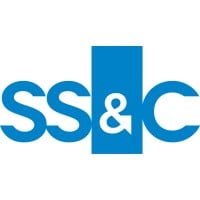
SS&C Technologies
SS&C is a leading global provider of mission-critical, cloud-based software and solutions for the financial and healthcare industries. Named to the Fortune 1000 list as a top U.S. company based on revenue, SS&C (NASDAQ: SSNC) is a trusted provider to more than 20,000 financial services and healthcare companies, with over 25,000 employees and operations in more than 40 countries. Built upon a foundation of expertise, innovation and excellent customer service, SS&C powers some of the largest financial and healthcare firms in the world.






